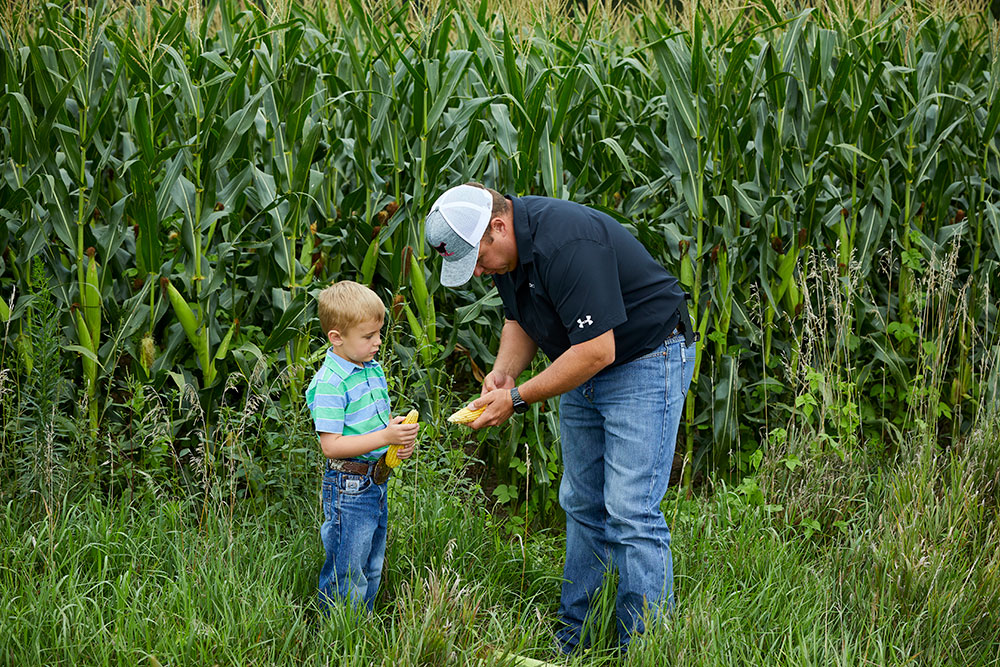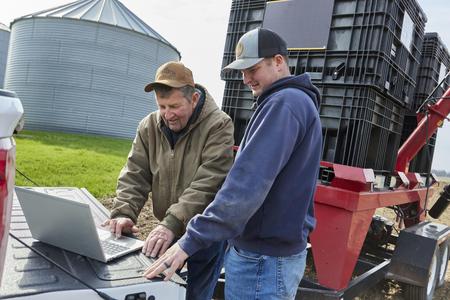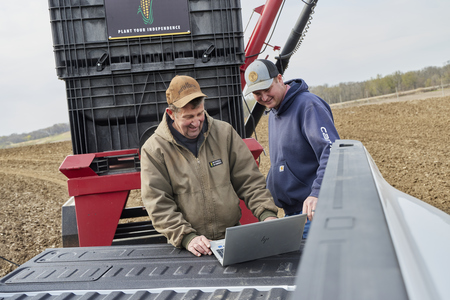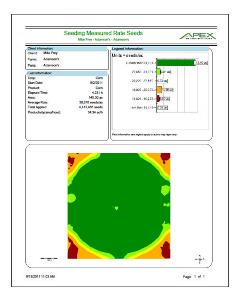Mega Menu
Mega menu is possible in BS5 but we will need to create a custom template layout for the navigation widget. The following is a hard-coded example.

Font Awesome 6
FA6+ icons will work on all widgets.
The FMH Icon box will need a new version created because the styling is broken in Bootstrap 5 templates (this has nothing to do with FA).
FMH Icon Widget
Icons can now be used in Content blocks by pasting the HTML tags from www.fontawesome.com into the HTML editor.
Here are some new icons from Font Awesome 6
face-awesome
envelopes
wheat-awn
Bootstrap Components
Code snippits from http://getbootstrap.com pasted into Content Blocks.
h1. Bootstrap heading
h2. Bootstrap heading
h3. Bootstrap heading
h4. Bootstrap heading
h5. Bootstrap heading
h6. Bootstrap heading
Nav Tabs
Nav Pills
Accordion
.accordion-body, though the transition does limit overflow.
.accordion-body, though the transition does limit overflow.
.accordion-body, though the transition does limit overflow.
Tables
| # | First | Last | Handle |
|---|---|---|---|
| 1 | Mark | Otto | @mdo |
| 2 | Jacob | Thornton | @fat |
| 3 | Larry the Bird | ||
Alerts
Image Carousel
Modals
Sitefinity Widgets
Default, out of the box, Bootstrap 5 templates available for widgets.
The navigation template used above is called Horizontal.
Navigation Widget - Tabs Template
Navigation Widget - Pills Template
Breadcrumb
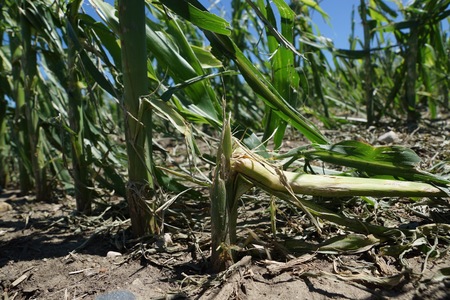
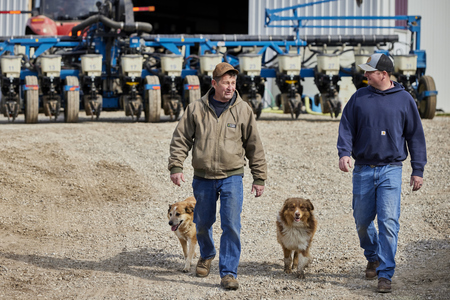
List Widget - Expandable List Template
Precision Claims FAQs
List Widget - Simple List Template
Crop Claims Reminders
-
How To Report MPCI Claims
-
MPCI Claim Reporting Deadlines
-
Appraisals
-
Production Records by Unit
-
Production Delivered to a Commercial Elevator
-
Production From Precision Farming Technology Systems
-
Production Weighed and Farm Stored
-
Authorization for Load Records, Storage Structure Marking, or Combine Monitor Records
-
Fed Production
-
Quality Adjustment
-
What is a Simplified Claim?
-
What can insureds do to expedite the claim process?
List Widget - Anchor List Template
Quality Control Review FAQ
- What can an Insured do to prepare for a review?
- What can Agents do to prepare for a review?
- How does the review process begin?
Quality Control Review FAQ
What can an Insured do to prepare for a review?
Third party documentation (i.e. summary/settlement sheets from the elevator) is required when applicable and available. Insureds are expected to have available hard copy records that will 1) support the total production raised for the crop/county/year being reviewed and 2) that can demonstrate how production was kept separate between various units, practices and types (if applicable).
Insureds will also want make themselves available to meet with the quality control reviewer as the reviews will need to be completed before the claims can be processed.
What can Agents do to prepare for a review?
How does the review process begin?
Documents List - Documents List Template
Documents List - Documents List Template
| Title | Type | Size | |
| 405 KB | DownloadWFRP Checklist for Agents 2026 | ||
| 504 KB | DownloadWFRP Policy Provisions 2026 | ||
| 3231 KB | DownloadWFRP Handbook 2026 | ||
| 203 KB | DownloadECO_MCO_SCO_Coverage Comparison Flyer | ||
| 93 KB | DownloadReplant Claim Checklist |
News Widget - News List Template
News list template is the only template available by default.
Is PACE Coverage Right for You?
The PACE (Post-Application Coverage Endorsement) became available earlier this year for corn producers who utilize post-application nitrogen practices. Learn more about where coverage has expanded and if it’s the right fit for you. FMH sales team experts Ryan Benes and Ken Ripley answer common questions to help you decide.
What Is It?
PACE is an optional endorsement designed for producers that split-apply their nitrogen. The first application can be in the fall or spring; the second after the crop is up.
FMH Regional Sales Manager and Assistant Vice President of Sales Ken Ripley said, “This endorsement would protect them if they can’t get that second application in due to an insured peril. It this case we’re essentially talking about excess moisture.”
What Does It Cover?
Ripley said there was a lot of confusion about PACE when it was first launched.

“Some growers thought this product was a premium credit if they did this practice. They’re actually buying an endorsement that would pay if you can’t get your nitrogen applied. Then, it’s helping pay for the decrease in projected yield of your corn crop.”
Is PACE Available in My Area?
PACE coverage is available for non-irrigated corn in 11 Midwestern states. That includes select counties in Indiana, Kansas, Michigan, Nebraska, North Dakota, Ohio, and South Dakota. In late September 2022, the U.S. Department of Agriculture announced PACE is now offered in almost all counties within Iowa, Illinois, Minnesota, and Wisconsin. See the USDA county coverage map.
Can you add PACE to an underlying policy?
FMH Strategic Account Manager Ryan Benes said, “You can add PACE to underlying buy-up policies like Revenue Protection (RP), Revenue Protection with Harvest Price Exclusion (RP-HPE), and Yield Protection (YP), but you cannot add PACE to CAT or catastrophic coverage.” He added, “It comes in different coverage levels including 75, 80, 85, or 90 percent.”
Producers can pick and choose which fields they want to insure – they don’t have to do every field in the county.

“All acres would be insured unless you choose to not insure some, or those acres don’t qualify. Fields you use manure on wouldn’t be eligible.”
To apply for PACE coverage, your FMH agent will need to know:
- Your coverage level selection between 75-90%
- The percentage of nitrogen you expect to apply on your second application
- Which unit structure you qualify for: enterprise, basic or optional
- Acres you don’t want covered within the same county by the March 15 Sales Closing Date
What Records Do I Need to Keep?
When it comes to keeping records, producers will need to include each plant date for each field in their acreage report. It’s what determines the window for a second application.
For PACE losses, producers have 72 hours to notify their agent. An adjuster will need a producer’s nitrogen report which includes details on when the fertilizer was purchased, what type and brand it is, the end-value nitrogen (N), phosphorus (P), and potassium (K) applied, and total amount purchased. To prove the split application rate, the adjuster will also need the dates it was first applied, the amount, and the acres where it was applied.
What Do Other Farmers Say?
As someone who manages his own farm operation, Ripley said, “PACE is targeted at those producers who like to apply their split application with a pull-type applicator. So now the tractor axle is the limiting factor against getting it on. If you’re putting it on with a sprayer or having the co-op come out and spray, I don’t know if it makes sense to get coverage because you’ll have a much wider window to apply.”
PACE coverage might be a good fit for you if:
- You split-apply nitrogen with either a first application in the fall or spring, then post-planting with pull-type equipment.
- You’re in a midwestern county where coverage is available.
- You understand this endorsement protects against the inability to apply a second nitrogen application due to excess moisture.
- You’re good at keeping detailed records.
For more in-depth details on PACE coverage, listen to FMH’s InsureCast episode on PACE*, visit the RMA website, and talk to your FMH agent.
*To avoid confusion on product availability, please note this episode of InsureCast was recorded previously before the PACE county expansion was announced.
Blog Posts Widget - Blog Posts Lists Template
-
Reporting Acreage with FMH Precision Solutions
Many policyholders already collect precision ag data during planting. Put that data to work to report acreage for crop insurance with FMH Precision Solutions.Full story -
Prepping Your Customers for Planting with Precision
Help your farmers use the precision data they're already collecting to simplify planting and reporting this spring.Full story -
Q&A with an FMH Precision Tech Specialist
Learn how our expert staff supports agents getting started with Precision SolutionsFull story -
Traditional vs. Precision Claims: What Are the Differences?
Oct 16, 2023, 14:01 by Eric RicheLearn how Precision Solutions can lead to simplified claims and easier APH reviews for your customers.Full story -
See How Precision Solutions Saves Premium and Improves APH
See the difference with examples from our recent FieldView™ Partner Connect webinar.Full story
